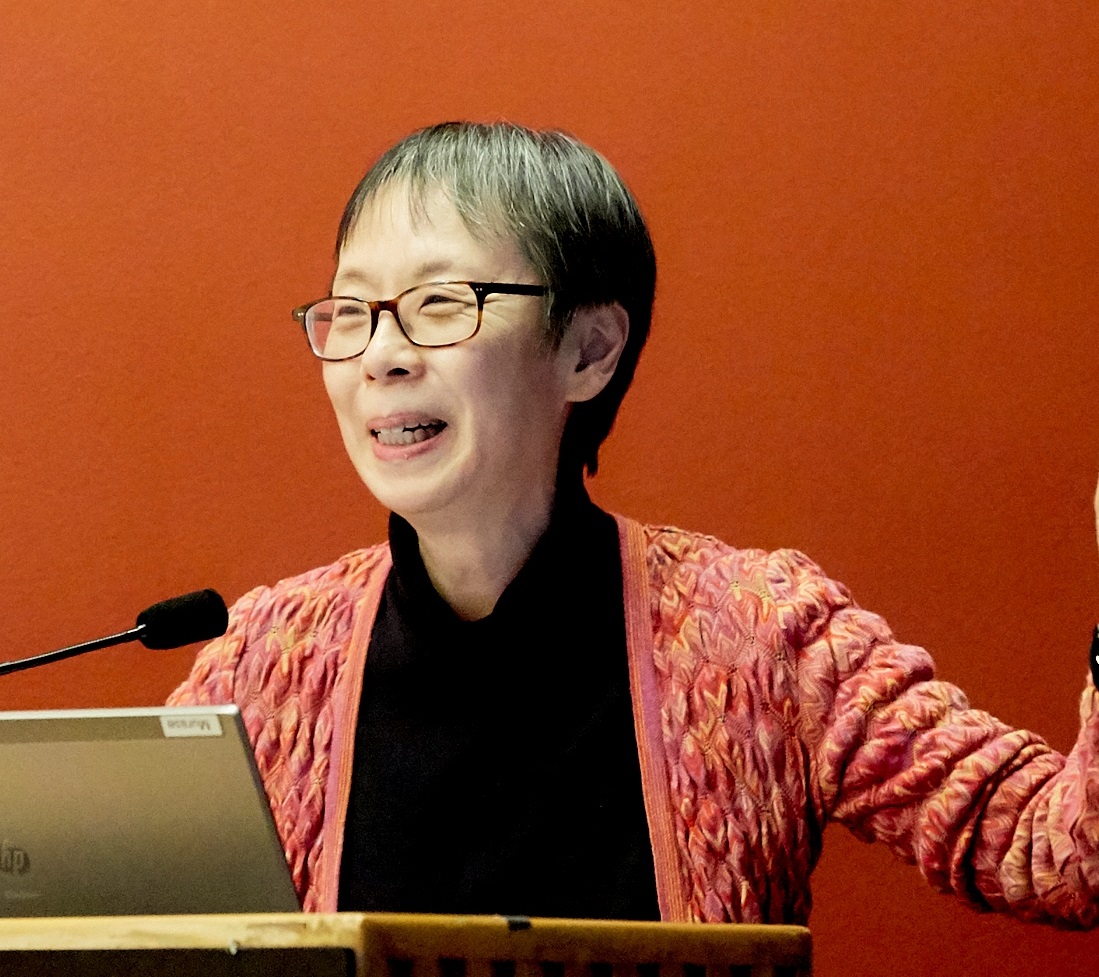Reiko Tomii
Where Is Tokyo?: 1960s Art in Japan, As Seen through the Artist’s Operation
This talk begins with the self-evident question “Where is Tokyo?” in order to reconsider the macro framework of world art history. To do so, Tomii will introduce a new key concept, the artist’s “operation,” as opposed to the artist’s “expression.” The concept of “operation” not only allows the construction of an overarching narrative that links prewar and postwar Japan, but also serves as a relevant theoretical and methodological building block in the study of multiple modernisms and global contemporary art. The talk will focus on two examples from 1960s Japan: Gutai, established in 1954; and the artist-organized independent exhibition movement that launched in 1964, which was short lived but left an important legacy to the local history.
Reiko Tomii
Reiko Tomii received a PhD in art history from the University of Texas at Austin. After serving as Senior Research Associate at CICA (Center for International Contemporary Arts) in New York, she has been active as an independent art historian and curator focusing on post-1945 Japanese art in the context of world art history of modernisms. She is co-director of PoNJA-GenKon (est. 2003), a listserv group of specialists interested in contemporary Japanese art. Her recent publication Radicalism in the Wilderness: International Contemporaneity and 1960s Art in Japan (MIT Press, 2016) received the 2017 Robert Motherwell Book Award. In 2019, based on the book, she curated “Radicalism in the Wilderness: Japanese Artists in the Global 1960s,” which included a major section on Matsuzawa Yutaka, at Japan Society Gallery in New York. In 2020, she received the Commissioner for Cultural Affairs Award from the Japanese government for cultural transmission and international exchange through postwar Japanese art history.

